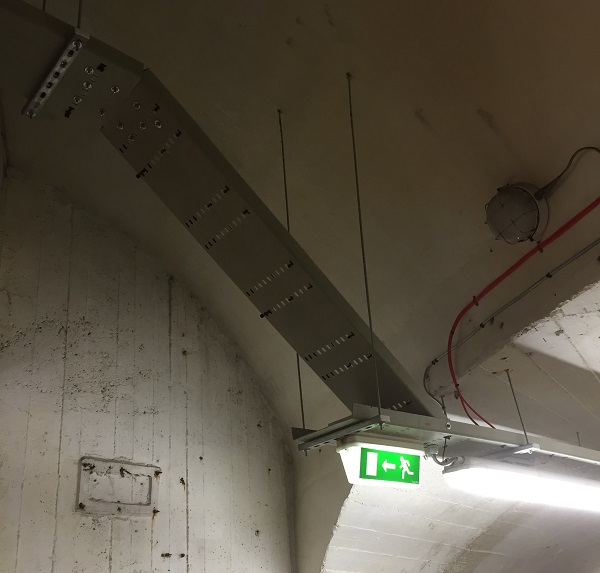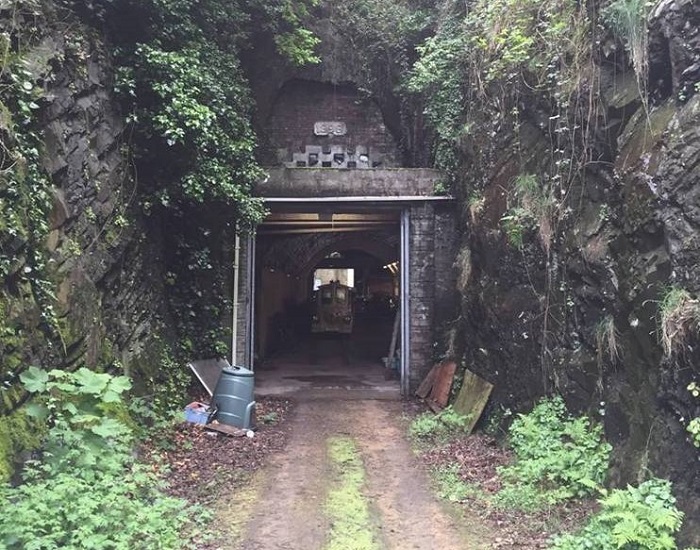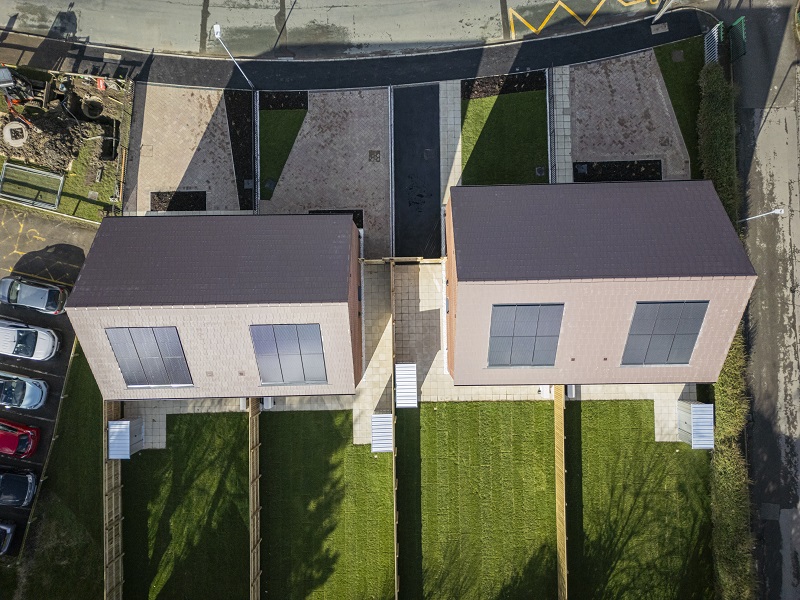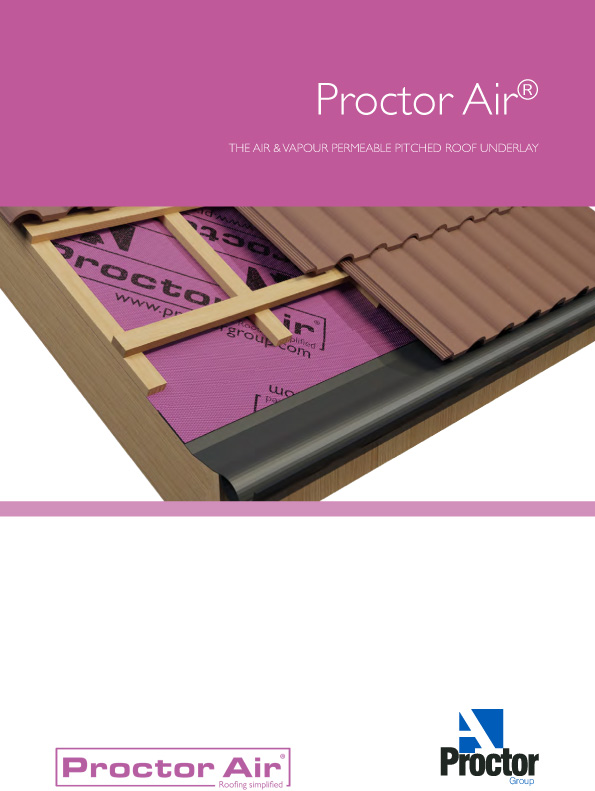High humidity levels and potential fire risks posed a cable management specification challenge during work at Jersey’s famous St Aubin’s war-time tunnels.
Corroded casing needed replacing within the tunnels because it was considered a fire risk and required frequent repair due to high humidity levels. Marshall-Tufflex’s GRP cable management proved the perfect solution thanks to its corrosion resistance and excellent fire safety credentials.

St Aubin's has had a checkered history, having been used by the Germans to store ammunition during war-time occupation.
The original tunnel was built in 1898 as part of the Jersey Light Railway scheme but was extended during the World War II, taking the original 55 metre stretch to its current 130 metre, with an additional 11 tunnels coming off the central core. Parts of the tunnels are now open to the public and used to store road and civil engineering materials.
For this project the Marshall-Tufflex GRP tray was suspended from ceilings and carries a wide range of cables, including PVC/SWA sub main, lighting SY sub-circuit, fire alarm and low voltage signal cables. Light fittings have also been fixed to the trunking’s underside.
Specifier for St Aubin's, Dave Atkinson from States of Jersey, explained why Marshall-Tufflex’s GRP cable management was ideal for this challenging environment: “The humidity level in the tunnels at certain times of the year is very high due to water permeating through the hillside and concrete structure. Because of this moisture, the existing electrical installation had corroded.
“We chose Marshall-Tufflex’s suspended GRP tray for the upgrade as it’s resistant to humidity and fire. Apart from putting an end to the corrosion issues, St Aubin's needed a solution that would improve safety for tunnel users while also allowing maintenance teams to reduce testing regimes – something that was taking up a lot of time.
"Thanks its fire resistant credentials, the use of GRP has meant that periodic testing is now sufficient, in-line with BS5839,” concluded Mr Atkinson.
Marshall-Tufflex GRP cable management was supplied by Edmundson Electrical, Jersey.

The tunnel system – Hohlgangsanlage – was constructed by German forces during the occupation of Jersey. The Germans intended these bunkers to protect troops and equipment from aerial bombing, to act as fortifications in their own right and provide a secure hospital.
Construction started in 1941 and stopped on the island’s liberation in 1945. Only a few tunnels were actually used and of these only one was completed (Ho5). Post-liberation the tunnels were immediately put to use for storage, a use which has continued. All the tunnels are privately owned, with one operating as a museum.





















